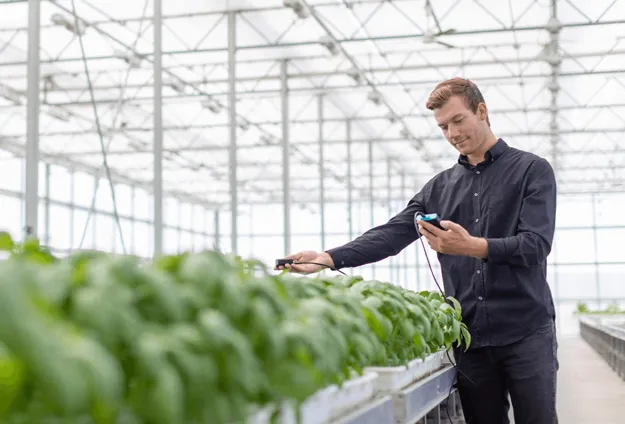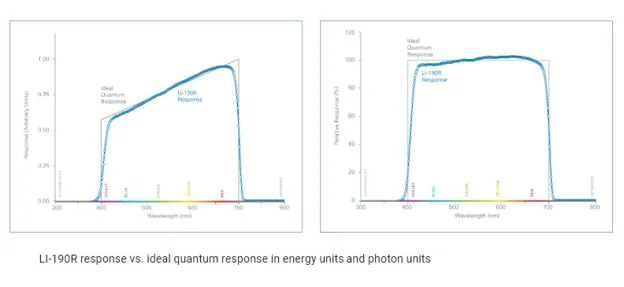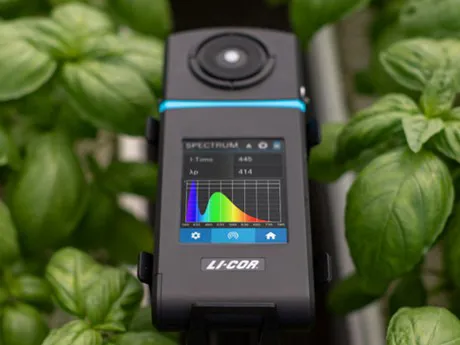Light management is a critical factor in commercial greenhouse and growth chamber efficiency. "Growers can gain enhanced control of desired plant characteristics by accurately measuring and optimizing the composition of your supplemental light", Abby Brooke with LI-COR Biosciences explains. That's why the company has released a Spectrometer to capture the spectral composition of light sources. In addition, they also offer a light sensor package for use in greenhouses and growth chambers. The new spectrometer and light sensor will be shown at the Canadian Greenhouse Conference next month in Niagara Falls.

PAR
"Plant growth and reproduction is driven by photosynthetically-active radiation (PAR), which occurs at wavelengths between 400 and 700 nanometers. Not all light contains PAR, and PAR requirements vary between types and growth stages of plants", Abby Brooke with LI-COR Biosciences shows.
"As the intensity of natural light in your greenhouse changes throughout your photoperiod, so do your artificial light requirements. Understanding when and how to apply artificial light allows you to consistently hit your target daily light integral (DLI) for optimal growth without wasting energy. "

The team developed the LI-190R Quantum Sensor to solve this. The sensor measures the PAR inside greenhouses and growth chambers with the same precision in sun, artificial lighting, or both, without the need for calibration or correction factors. "Compatible artificial sources include incandescent and high-pressure sodium lamps, high-intensity fluorescent lights, and the rapidly emerging range of LED light systems."

Spectral composition
In addition, now there's also the LI-180 Spectrometer This one captures the spectral composition of light sources. "Not all light affects plant growth and reproduction the same way. As said photosynthetically-active radiation (PAR) occurs at wavelengths between 400 and 700 nanometers. This interval covers three distinct “color” bands of light, and modifying the intensity of these red, blue, green wavelengths, and additional near-UV (380-400 nm) and far-red (700-780 nm) bands can provide control over a variety of plant characteristics including growth rate, chemical composition, taste and nutrition, and more. The LI-180 spectrometer allows you to capture and optimize the spectral composition of your supplemental lighting which can add significant value to your greenhouse or growth chamber operation."
The measured parameters including color-specific photosynthetic photon flux density (PPFD), photon flux density (PFD) at 1-nm intervals between the entire 380 and 780 nm interval, irradiance (W/m2), and more, are all visible in the mobile application and desktop software.
The Spectrometer is to be introduced at the Canadian Greenhouse Conference. Met Li-Cor at booth 1015.
For more information:
Li-Cor Biosciences
402-467-0617
www.licor.com
abby.brooke@licor.com
